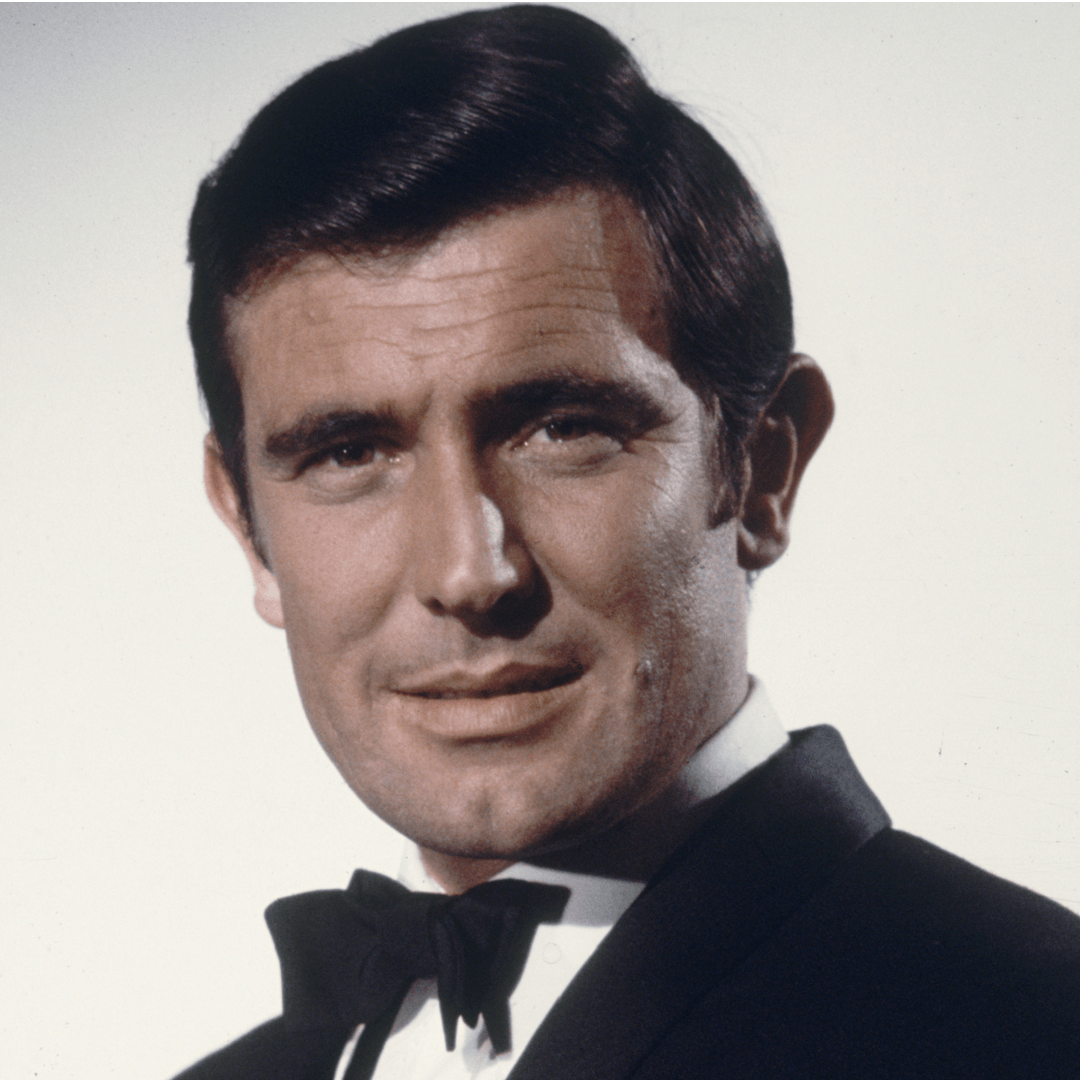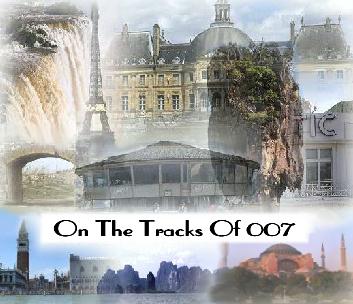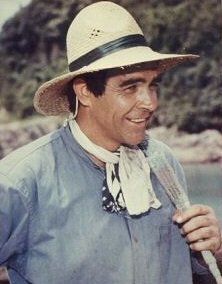Protecting movie locations
Should iconic filming locations be made UNESCO Cultural Heritage?
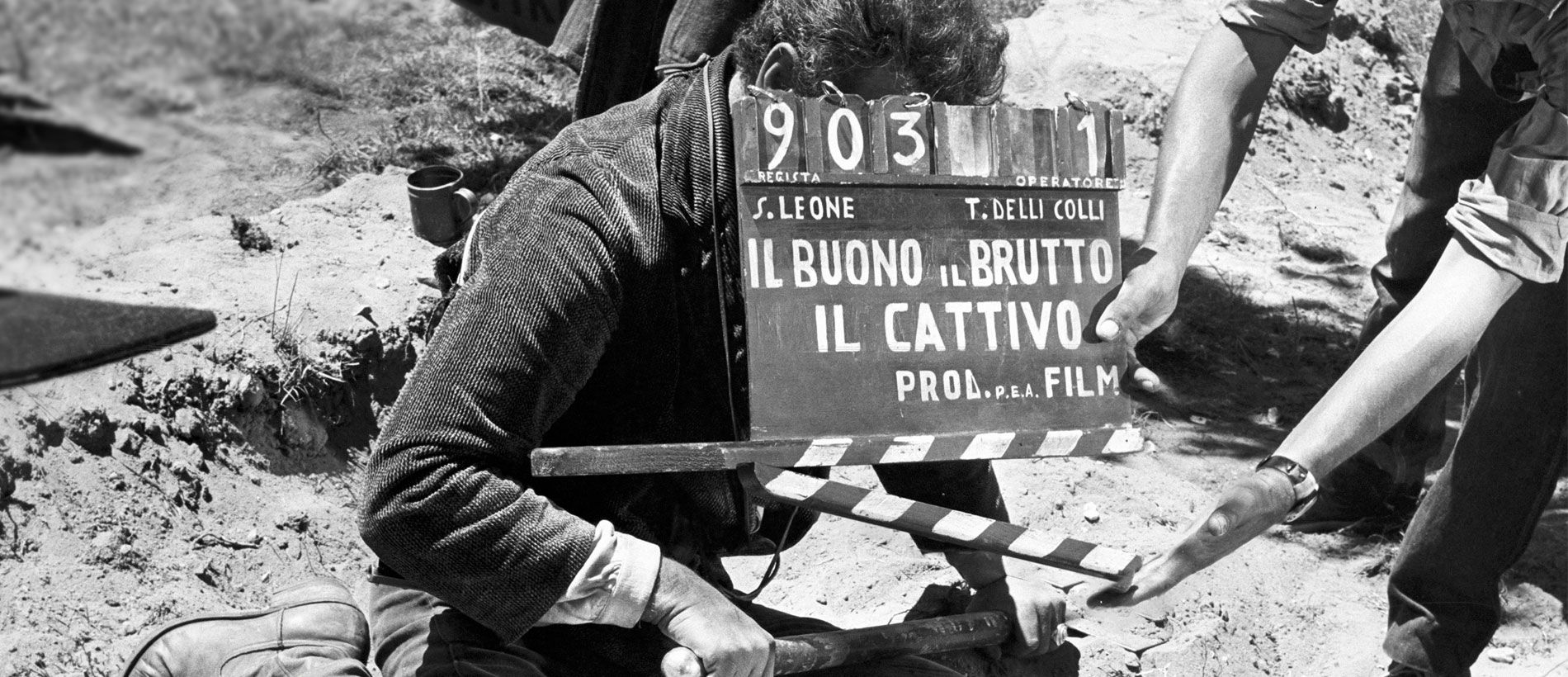
Filming locations around the world attract thousands of visitors each year. Often these locations are simply part of a city, a street corner, a house. Nothing fancy. People visit them, because they are there anyway and it makes a nice side step from the other cultural visits they undertake. This article focuses on the landscape locations, where the natural environment played an important part in films. Think for instance about - what is now widely known as - James Bond Island in Thailand. The island is officially known as Khao Phing Kan and is located in Phang Nga Bay. The natural rock formation became world famous in the James Bond film The Man With The Golden Gun and attracts hundreds of visitors EACH DAY, only because of its cinematic connection. The steady stream of visitors has almost made the tiny island unrecognizable and one could wonder how much the environment suffers from these tourist visits.
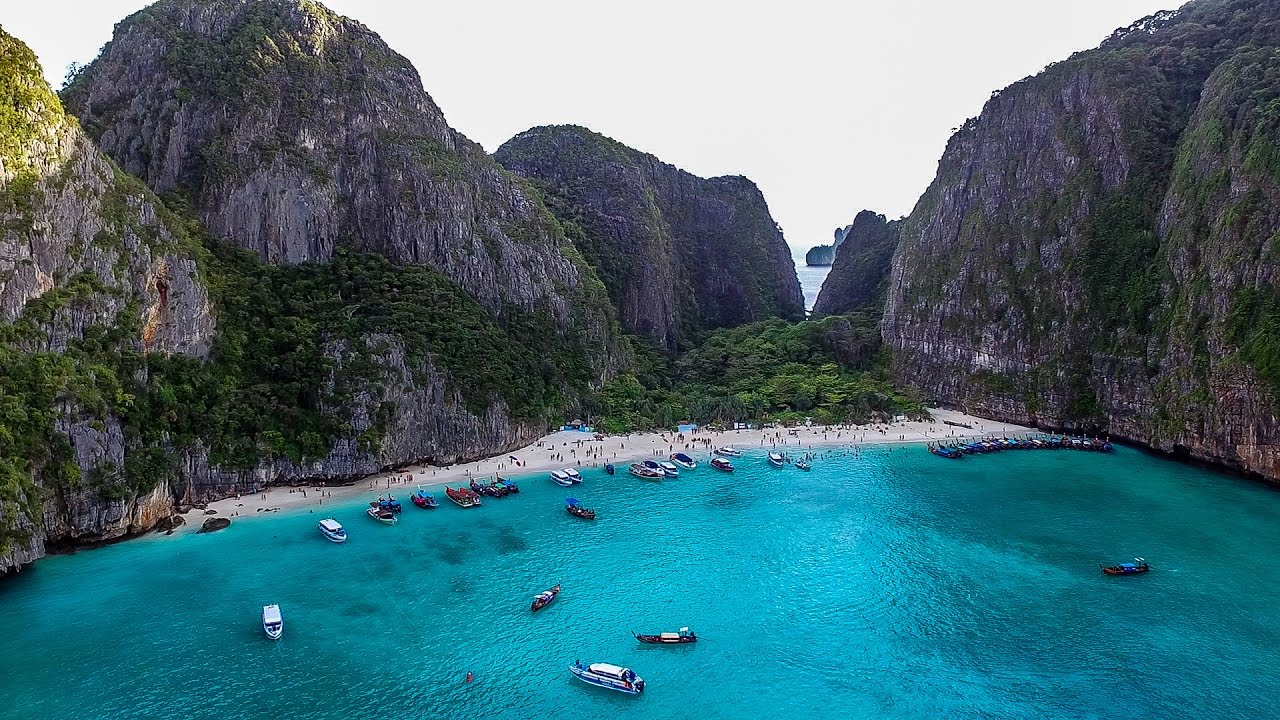
Fifty kilometers away, the island of Koh Phi Phi Leh suffered a similar fate. Made famous by the Danny Boyle film The Beach , starring Leonardo di Caprio, the island has been a magnet for tourists all wanting to spend time in Maya Bay, one of the islands beautiful beaches. However, this summer Maya Bay was closed to tourists, as authorities are attempting to reverse decades of damage done to the region’s marine environment. Originally planned to reopen this September, the island has now been closed indefinitely , leaving tourists and local tour operators empty handed.
Sad Hill unearthed
In contrast to the destructiveness of tourism, another major filming location has recently been reinvented (or reborn) by the hands of fans. In Spain, between Madrid and Burgos, the rugged landscape looked so much like the Old West, that it inspired Sergio Leone to film the finale of his masterpiece The Good, The Bad And The Ugly*
there. Between the towns of Contreras and Santo Domingo de Silos, the director and his set designer Carlo Simi found a valley that suited their needs perfectly. Assistant art director Carlo Leva made the drawing of a theatre like setting: A circular centre stage, encircled by civil war graves: Sad Hill Cemetery.The Spanish military helped dig the 'graves'.
*
The original Italian title is ' Il buono, il brutto, il cattivo
', while the Spanish title is ' El bueno, el feo y el malo
'. We will abbreviate the title here to GBU.
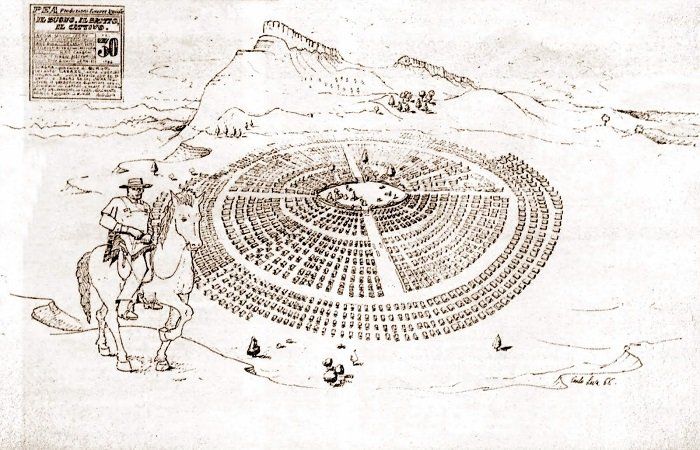
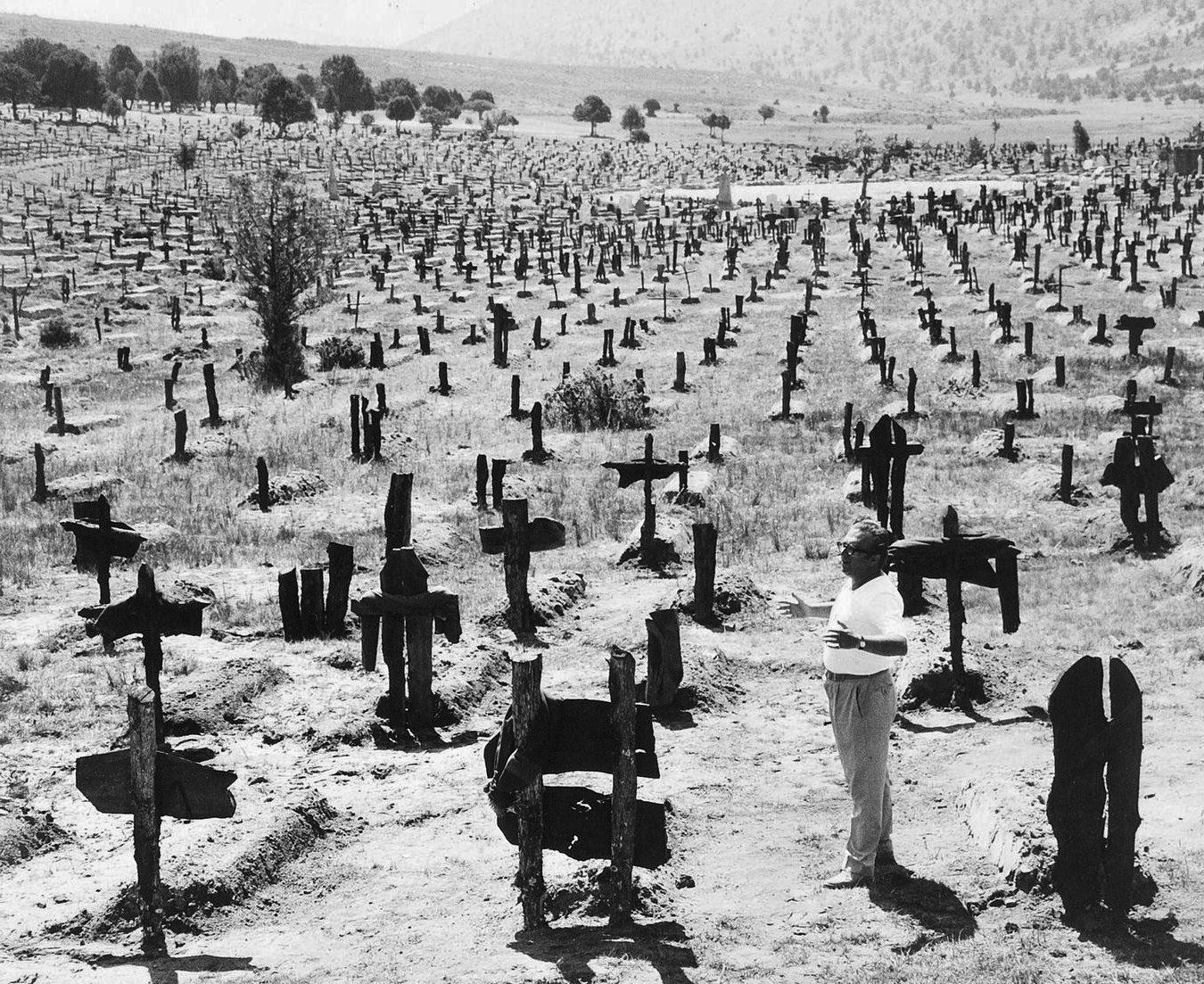
Leone directed the dramatic Sad Hill showdown at Mirandilla Valley in July 1966. Italian cinematographer Tonino Delli Colli was behind the camera, capturing the action from every possible angle. These high demands from Leone would eventually drive Clint Eastwood nuts. The star would never work with the director again, refusing to take on the role of Harmonica in Leone's Once Upon a Time in the West . In retrospect, Leone's vision of GBU's climax can only be admired. The long shots, the running around of Tuco, the extreme close-ups before the shootout, in combination with Ennio Morricone's haunting theme Ecstasy of Gold is a lesson in film making. It's often regarded as one of the most influential scenes in movie history.
After the filming in the remote valley was over, the site was not cleared. It was simply abandoned, most likely for budgetary reasons. (Leone would later repeat this action by leaving Once Upon a Time in the West's iconic brick arch behind at Monument Valley, after filming there.) The GBU set slowly became overgrown and eventually blended in with the natural scenery. It was largely forgotten and known only to the locals, who couldn't care less. No one could have known, cinema tourism (or set jetting ) would at some point become a hobby for people. In the 90s however, a local folder was made, pointing visitors towards various GBU-locations. It also displayed the dirt roads leading to the cemetery valley, where a small wooden sign roughly marked the area where Clint Eastwood, Eli Wallach and Lee van Cleef filmed their famous showdown in the 60s.
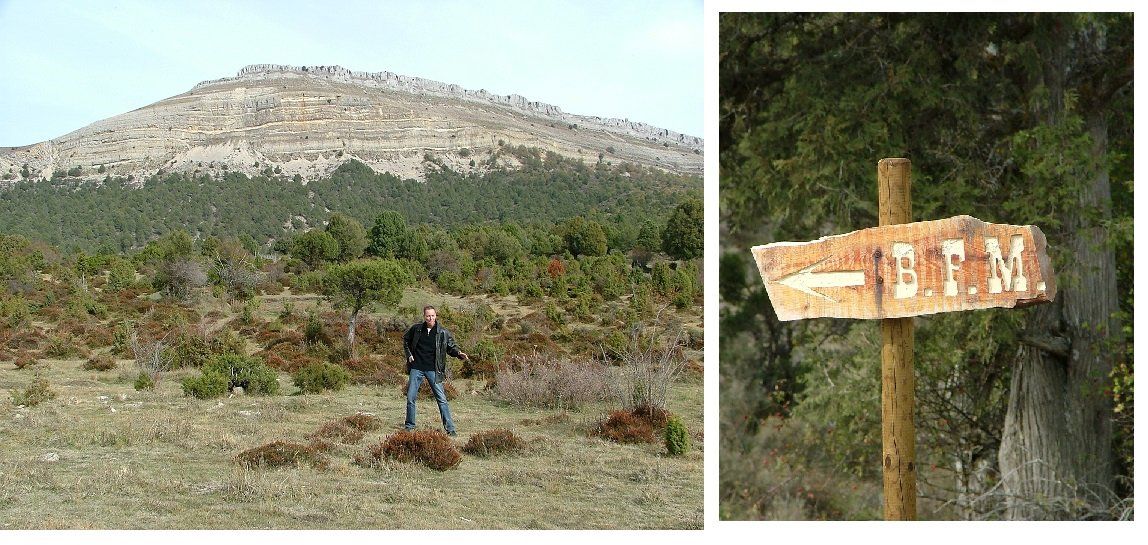
In 2005, a road trip from Madrid to Barcelona brought me close enough to this iconic spot to persuade my travel partner to make a stop at the tiny town of Covarrubias. There we stayed at the Hotel Nuevo Arlanza , which had been home to cast and crew back in 1966. A local store owner provided me with the last copy of the before mentioned folder, enabling me to find all the used GBU locations in the area. We even went horse back riding in the mountains, an amazing experience I will never forget. We eventually used the rental car to get to the valley and I vividly remember several moments of thinking 'Where is this dirt road leading to?' It is so remote, it makes you wonder how on earth the location was found in the first place. The mountain road around the valley gives you an amazing view of the site and I still laugh when I think of the moment I stopped on this elevated road to enjoy the birds eye view of what remained of Sad Hill Cemetery. A group of around 15 hikers showed up and one of their guides was explaining them about the area. At some point I overheard the guide mention me and the fact that I was holding screen shots from the GBU filming. I enthusiastically walked towards the group, offering them a look at my screen shots. It went quiet for a brief moment. Then the guide came up to me, whispering "They're all blind"..
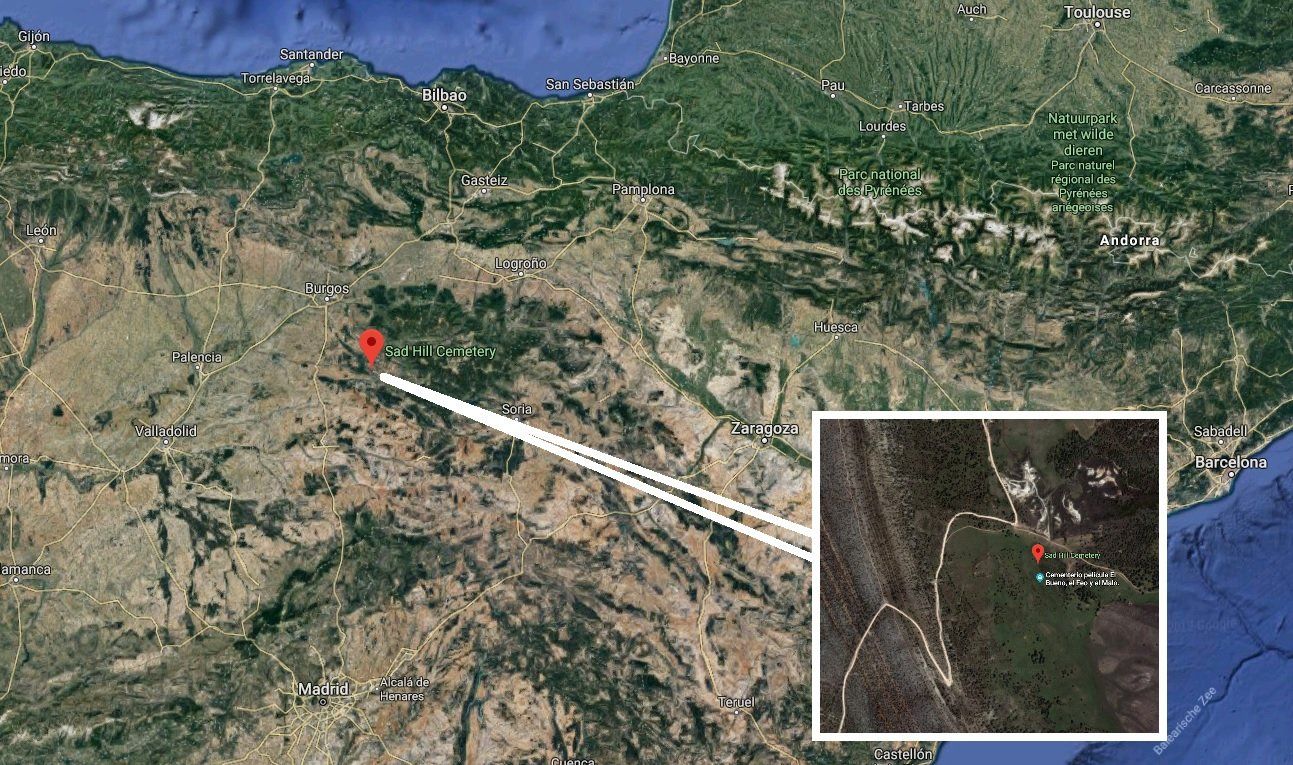
In Spain, in 2014, serious plans were made to celebrate GBU's 50th anniversary (2016). Several people from the surrounding area came together with the intention of 'creating a collective, that vindicates the touristic and cultural value of the places around Burgos, used by Sergio Leone for GBU'. The main objective of the Asociación Cultural Sad Hill
was to recover the used locations, especially the fictional cemetery of Sad Hill. Together with fans from all over Europe, the group took up the shovels and started working on this one-of-a-kind project. And to their great surprise this immediately paid off. After carefully removing three inches of top soil, the original stone floor of the set's circular center revealed itself. Strengthened by this success, the group starting accepting donations, in order to rebuild the surrounding grave markers as well. They even approached the rock band Metallica, in an attempt to persuade them to come and perform at the site during the 50th anniversary celebrations. Metallica is known for performing Ecstasy of Gold
during their tours. The band liked the idea, but did not accept the invitation.
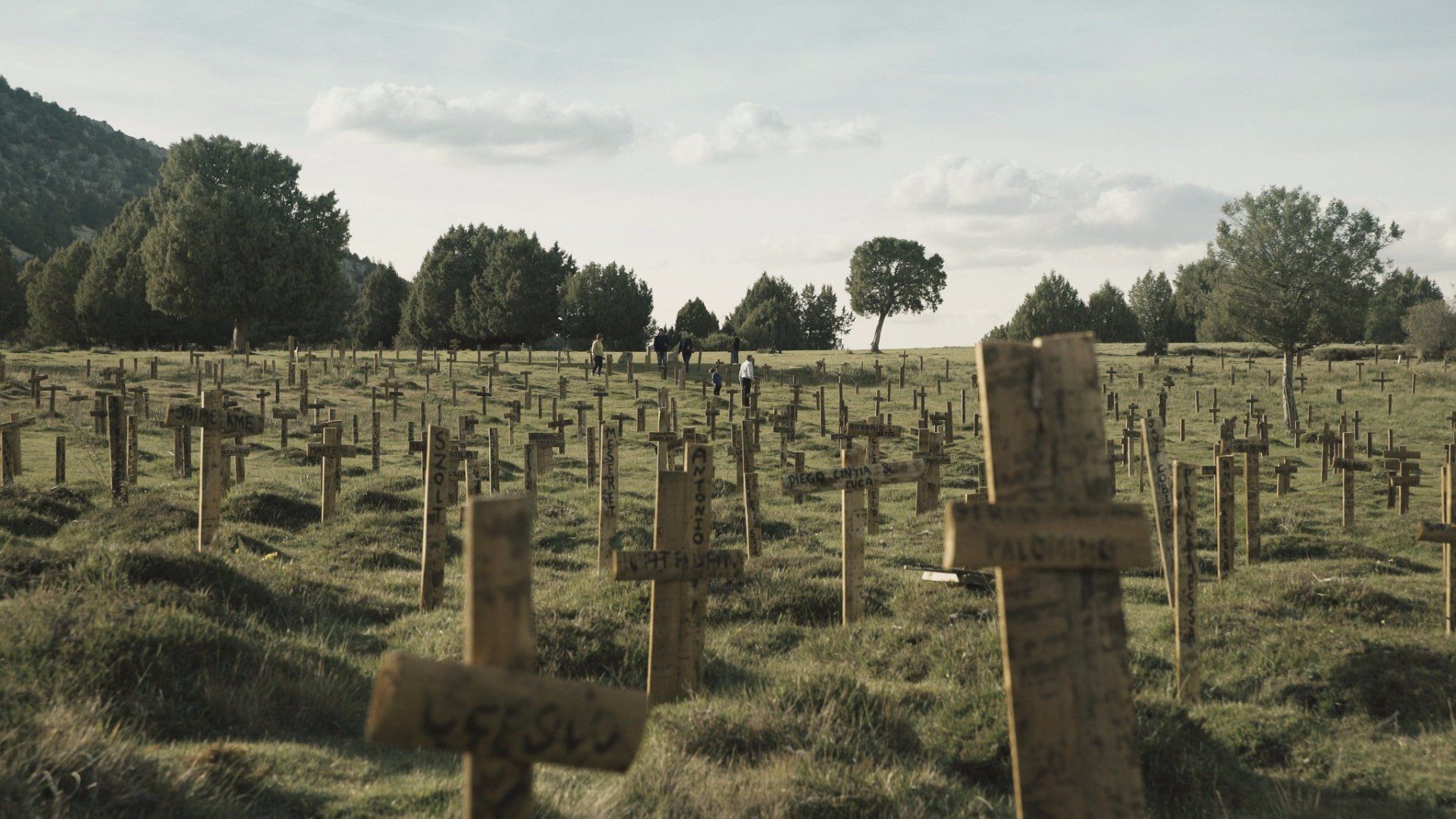
Now, two years after the successful celebrations, the restoration project is still going strong. About 60% of the grave markers have been re-placed, all thanks to the generosity of the film's many fans. And it is actually still possible to help out. For only 15 euros you can have your own grave marker. It will be constructed from wood and will be provided with your name (if desired) and placed on the site. It's a fantastic opportunity for fans to be part of the legacy of this classic film and I can only encourage you to follow my example and claim your marker. For more information on how to sponsor, you can visit the association's website .

This weekend (Oct. 6-7, 2018), Sad Hill Unearthed premiered at the Sitges Film Festival. It's a full length documentary , filmed in 4K, about the amazing story behind one of the most important locations in film history. The Spanish documentary 'explores the dreams and motivations behind the fans, but also the transformation of art, music and film into a substitute for religion.' Surviving crew members, as well as Metallica's James Hetfield, were interviewed for the documentary, which received a three minute standing ovation after its premiere. It's a very good example of how fans can embrace a filming location and preserve it for future generations.
Cultural Heritage
The survival of iconic locations has been a concern of mine for decades and I know many film fans share this concern. I have been visiting the James Bond filming locations since 1995, and I have personally witnessed the degradation, demolition and/or disappearance of filming locations around the globe. Several iconic locations are under threat of being demolished, simply because they're old and need to make room for redevelopment. One of those iconic locations is Dragon Garden in Hong Kong. Used as Hai Fat's Estate in The Man With the Golden Gun , this property has been under threat from developers since the new millennium. If it wasn't for Cynthia Lee, daughter of the founder of this remarkable estate, the beautiful landscape garden and house would have been long gone. Another location of concern, is Thunderball 's breakwater on Paradise Island, Bahamas. Part of the Atlantis Hotel, the concrete breakwater has seen better days and is clearly waiting to be either demolished or to simply fall apart. It's a sad sight and one can only hope that at some point something or someone will intervene.
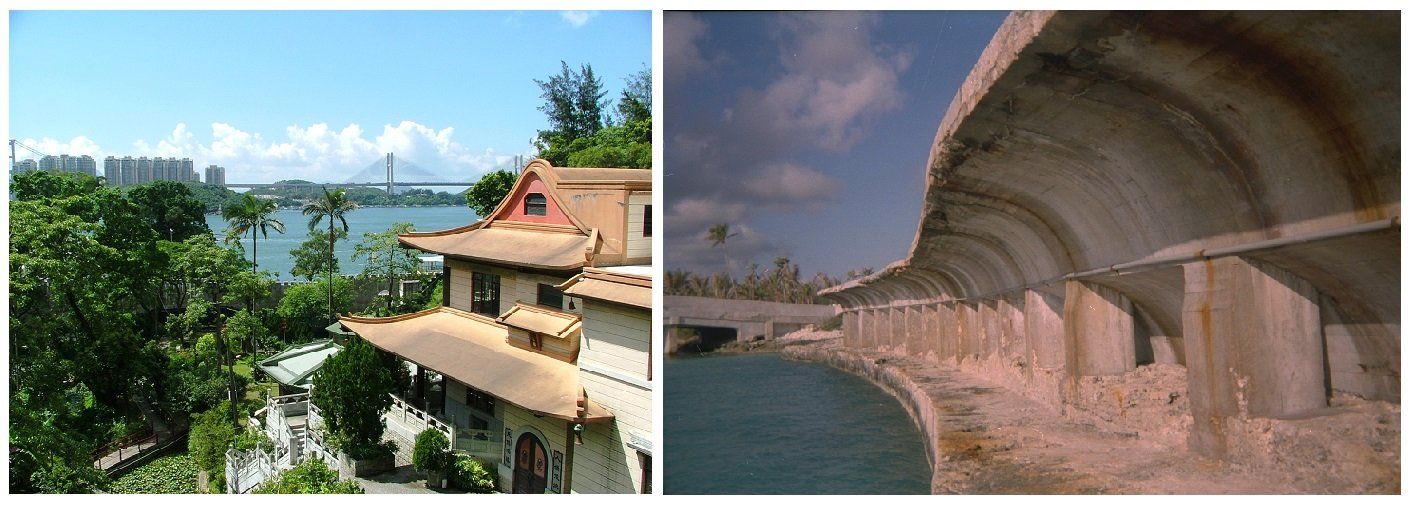
The concern for the well being of filming locations in general is shared by others, like Gerben Hartgerink. The TOPOS student in Landscape Architecture visited Sad Hill Cemetery in 2016 and posted his adventures on his university's blog . He suggests setting up a special category for UNESCO Cultural Heritage, something like 'Cinematic Heritage'. When given a protected status, iconic cinematic landscapes or landmarks should be free from development threats. Perhaps owners could even benefit from special subsidies or grants. It's definitely something to consider and if anyone ever wants to put serious effort into promoting this at UNESCO, he or she can count on my support.
Additional information:
- Book a room at the Hotel Nuevo Arlanza in Covarrubias and find yourself back in the Old West
- Download the 2016 folder detailing the filming locations in the Covarrubias area (in Spanish)
- Asociación Cultural Sad Hill website
- UNESCO website
